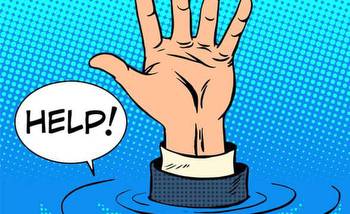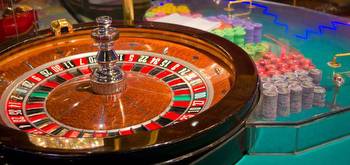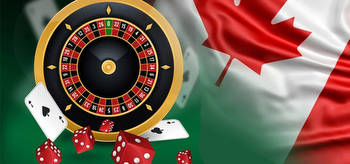Increasing government encouragement of gambling is problematic

Canadians have moved online in massive numbers over the past decade, a trend that has only accelerated pandemic-induced isolation. Accompanying that move are a number of problematic social issues such as the increasing normalization of hate and racism through social media platforms taking place in our society—and governments are wrestling with how to curb those trends without unduly impacting Canadians’ rights and freedoms.
But there is one online realm where loosening legislation and where an agency of the Crown appear to be increasingly geared to working at cross-purposes to the efforts of social agencies. This is apparently in the name of ever-increased profits, despite all window-dressing to the contrary: gambling.
While it is true that only 2.7 percent of the Canadian population display risky gambling habits and our nation’s percentage of problem gamblers remains well below that of the global average (0.6 percent as of 2018 statistics), 75 percent of Canadians engage in gambling (most often through scratch tickets) and the amount of revenue spent per gambler has increased from $453 in 2002 to $503 in 2018. The pandemic has done little to slow down that trend and revenue-hungry governments have not been blind to the opportunities presented.
It is a big deal offering up big bucks. According to gambling statistics for Canada from 2019, 65 percent of Canadians occasionally play the lottery, with 36 percent preferring lucky scratch tickets and 22 percent identifying casinos as a favourite gambling activity—where around half play slot machines.
Inducements such as Ontario Lottery and Gaming Commission’s ‘Winners’ Circle’ offer gold and silver status to their most loyal (read those who gamble the most money) customers. This is not small potatoes. The top 10 gamblers in the Winners’ Circle ponied up a whopping $455,000 each, on average. So it should come with little surprise that two percent of the most serious gamblers account for 76 percent of the program’s revenues.
It is near-impossible to miss advertisements for gambling opportunities, either online, on television or on billboards. In recent months anecdotal observances by The Expositor are that those advertisements are on the rise. Essentially, the OLGC and its partners in gambling appear to be fishing for suckers—and not of the finned kind.
Now, that is not to say that there have not been efforts to curb problem gambling created by the industry (especially the government) and, in fact, those efforts have led to Canada’s population being among the best educated about gambling, and its inherent problems, in the world. Every gambling venue in Canada (the number of which is rising dramatically) must include information on problem gambling and phone numbers where those experiencing problem gambling can seek help.
But like alcohol and many other drugs, gambling can become addicting, and few addicts go out of their ways to advertise their affliction or seek help until the matter has already caused immense damage in their lives and their families’ lives.
The result is ruined careers, broken families and devastated lives for those in whom the hook has sunk deep.
Ontario’s take from the gambling streams is the largest in the country, hauling in $3.8 billion. Quebec comes next, with $2.73 billion landing in their nets—that’s attributable to Ontario being the largest province. We here in Ontario are not more prone, or less prone, than other Canadians to indulge in the practice.
But for the estimated 250,000 Canadians with a gambling addiction, it likely comes as little comfort that they only comprise .06 percent of the population. The statistics cited in this editorial are largely pre-pandemic and pre-date the recent rise in gambling advertising—and to an anecdotal observer, those increased advertisements could be interpreted as an attempt to increase the number of problem gamblers (the ones who spend, spend, spend to fuel their addiction) and thereby sacrificing the addicts and their loved ones in the name of increased government revenues.
Whether that is a conscious intention on the part of governments or the gambling industry or not, it is an extremely predictable outcome of this course of action and it is wrong.



































